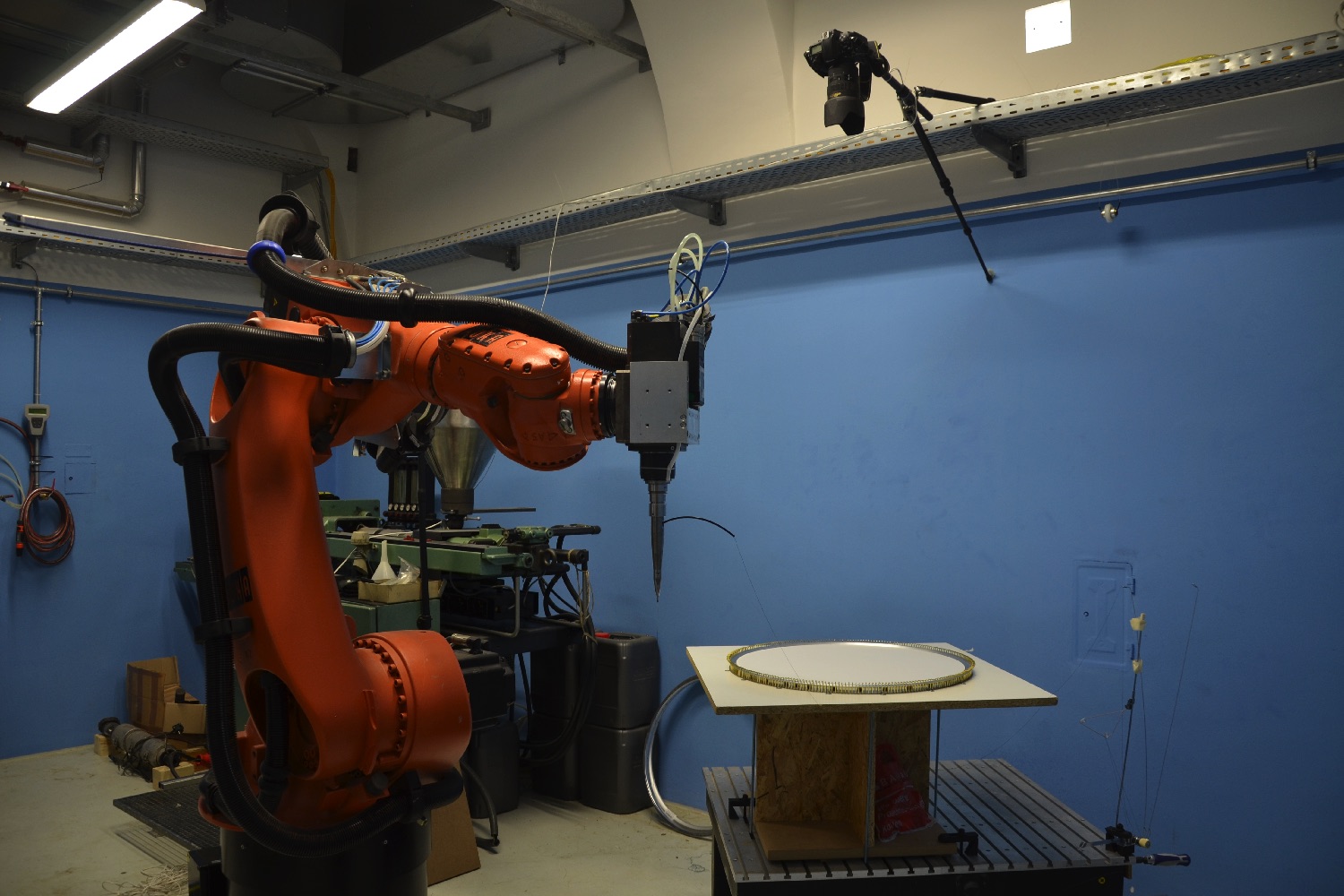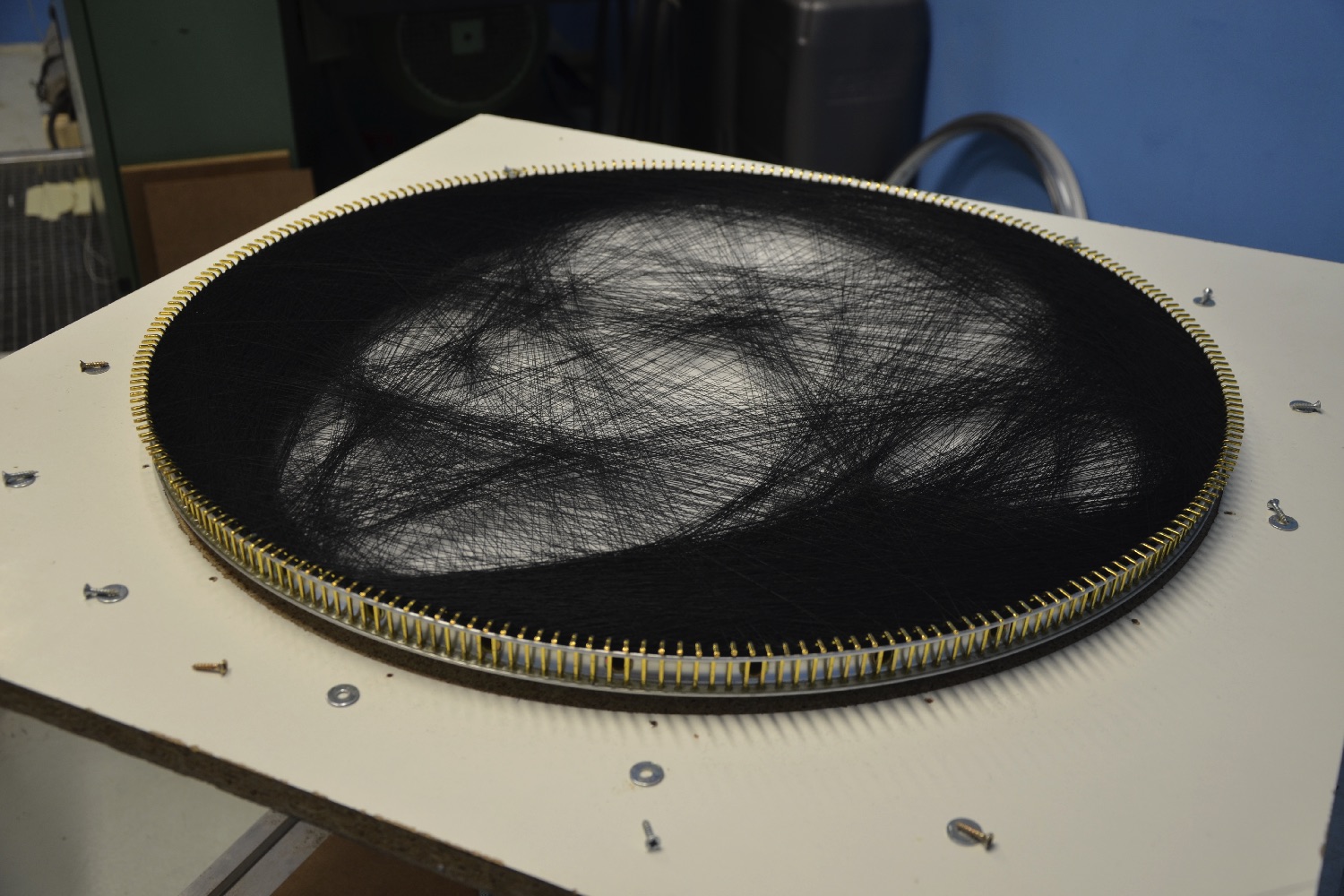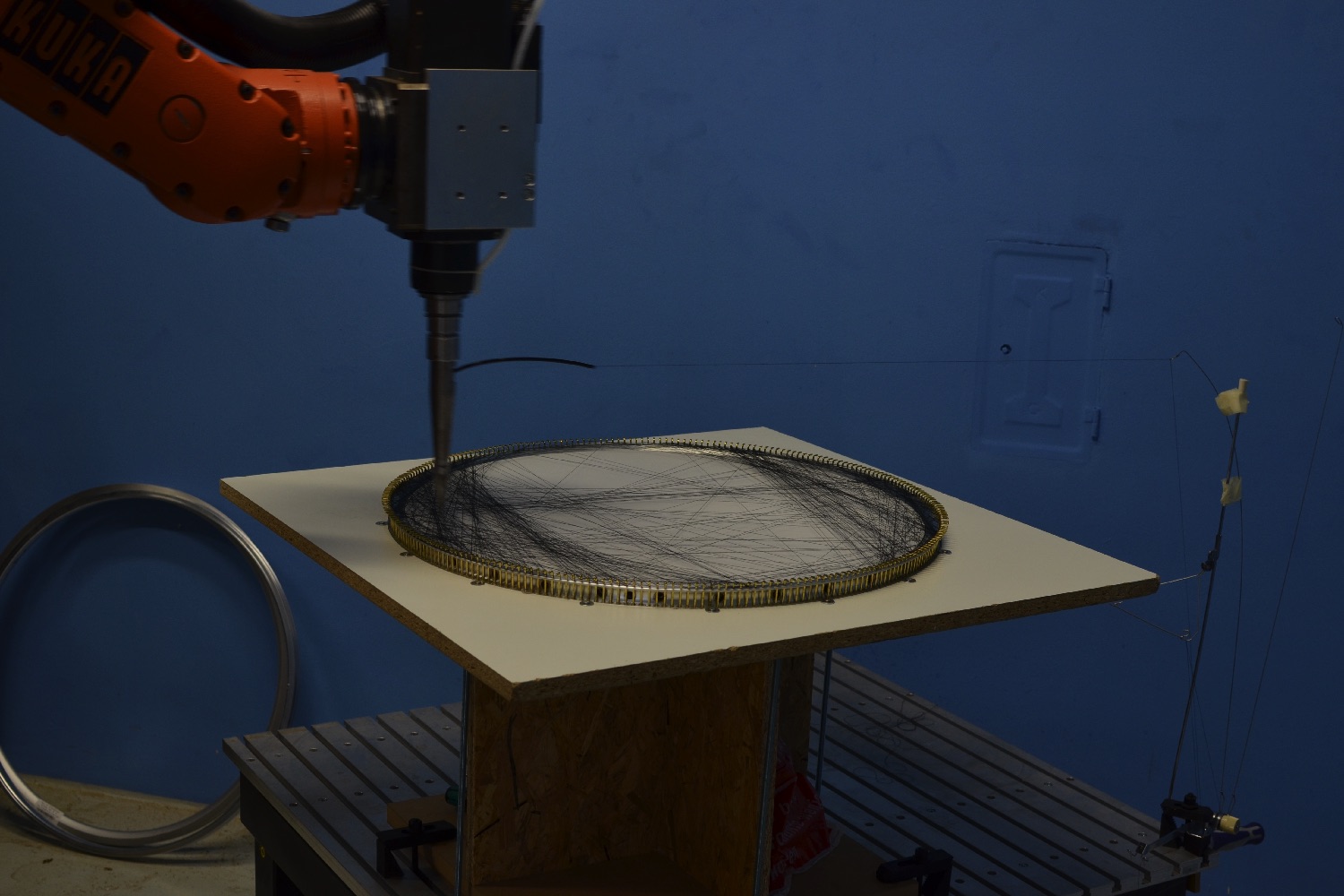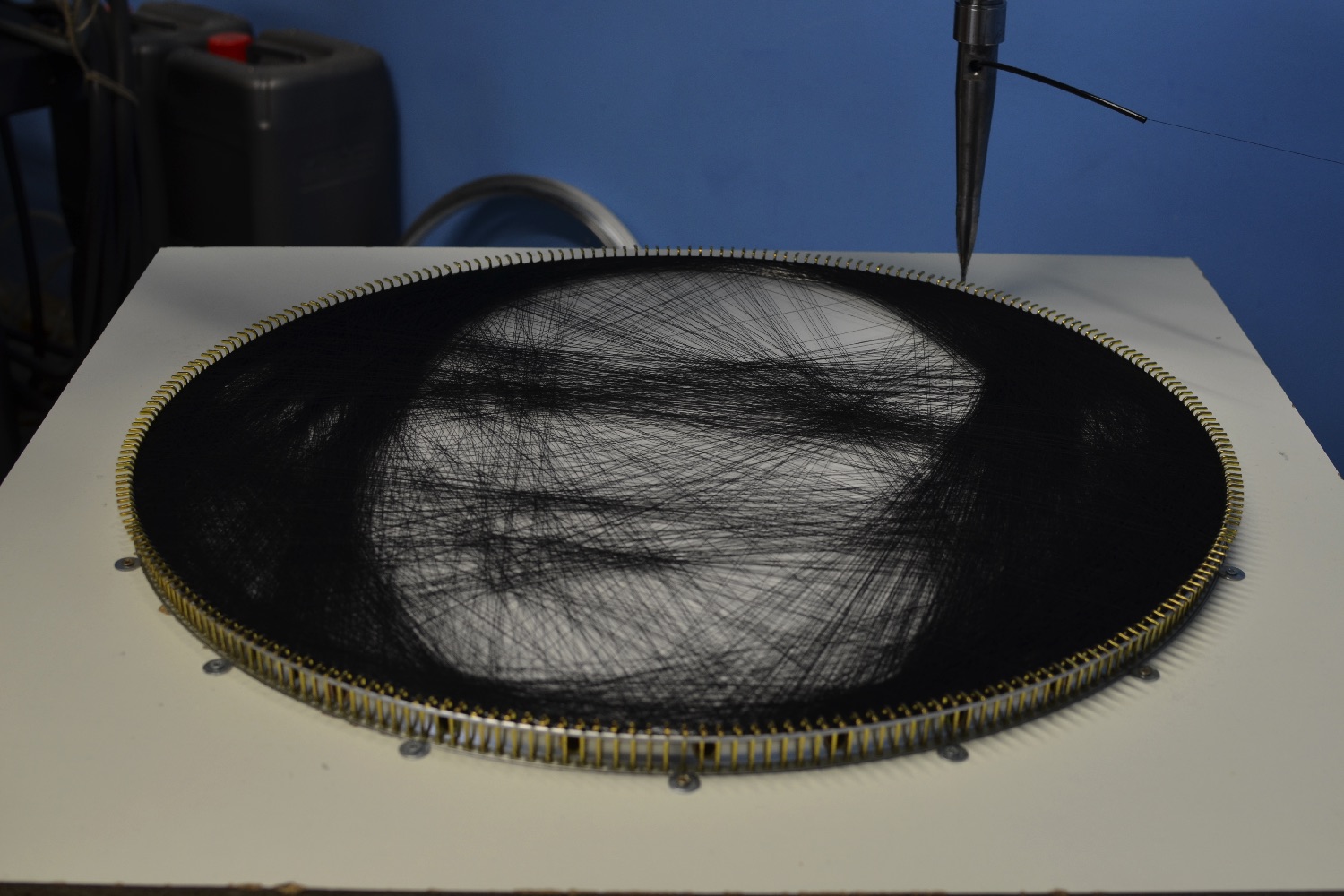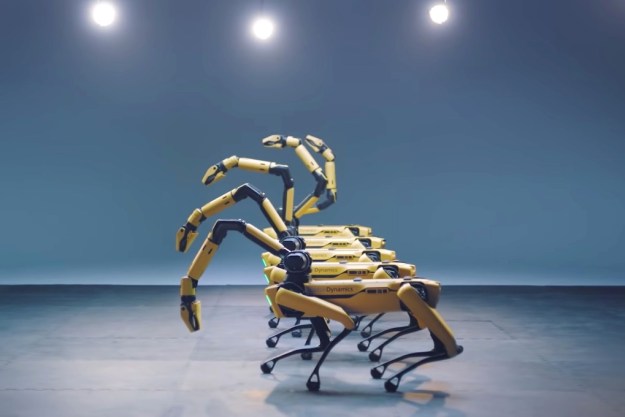String art is one of those deceptively simple things: Crisscross string back and forth between tiny nails hammered into a board until they form a recognizable image. At the simplest levels, it’s possible to create attractive geometric patterns. If you’re more expert, you can create full-on detailed portraits. It’s a challenging process that takes a whole lot of time, and a massive amount of human skill — until now, that is.
That’s thanks to researchers from TU Wein, one of the major universities in Vienna, Austria. They have created an algorithm that allows an industrial robot to create these images for itself. Just show it any arbitrary image, and the robot will then figure out the optimal thread path to accurately re-create it in thread art form.
“Our framework takes an image as input and delivers a fabricated piece of string art as output,” Michael Birsak, one of the researchers on the project, told Digital Trends. “The main goal is to reassemble the given image as accurately as possible using one continuous piece of textile thread. In our setup, we use an aluminum bicycle rim for the frame, together with 256 pins. While it is quite easy to create a simple geometric pattern by spanning the thread between the pins, reassembling the portrait of a person is particularly difficult because it is not possible to address the single pixels of the input image by moving the thread around. Therefore, the goal is to find a good approximation. One could naively try out all possible combinations, but this would take forever, since with 256 pins, there are more combinations than atoms in the universe.”
The algorithm takes several hours to work out its solution and then another few hours to create it — since each portrait can consist of up to 19.6 thousand feet of thread. Completed portraits include a picture of a cat, a portrait of Albert Einstein, and an image of pioneering programmer Ada Lovelace.
While there have been some tremendous examples of computation creativity we’ve covered in the past, Birsak said the aspect of the project the team was most excited about was crafting an optimal routing algorithm. This is the kind of thing more commonly associated with problems like finding the most efficient order to deliver packages or dispatch taxis. “Our main goal was not to produce art, but to focus on the mathematical challenges of the problem and how it can be solved in a scientific way,” he said.
A paper describing the work was recently published in the journal Computer Graphics Forum.
Editors' Recommendations
- Boston Dynamics uses ChatGPT to create a robot tour guide
- Boston Dynamics’ Spot robot to paint for an art exhibition
- Watch this robot peel a banana without slipping up
- Watch Elon Musk unveil Tesla’s advanced humanoid robot
- Watch Ford’s robot test drivers take a car for an on-the-spot spin
